If you love Drum & Bass and all its technical tricks, we can help you master those infamous double drops, swaps and four-deck cuts!
In this comprehensive beginners’ guide, we explore the foundational techniques of Drum and Bass mixing, helping you prepare to tackle this ultra-technical genre.
Learn how to create electrifying transitions that keep the crowd moving, and explore some tried-and-true mixing techniques and concepts to make your sets stand out!
This guide will also set you up for mastering the skills that make pro-D&B sets sound so polished.
We touch on all the basics you need to know to begin performing killer D&B mixes, including topics like beatmatching, phrasing, EQing and track selection.
We also look at essential equipment for Drum & Bass DJs and bring you our top D&B gear picks.
Whether you’re a seasoned DJ looking to expand your mixing skills, or a newcomer eager to dive into the world of Drum & Bass, this guide can help you on your DJ journey.
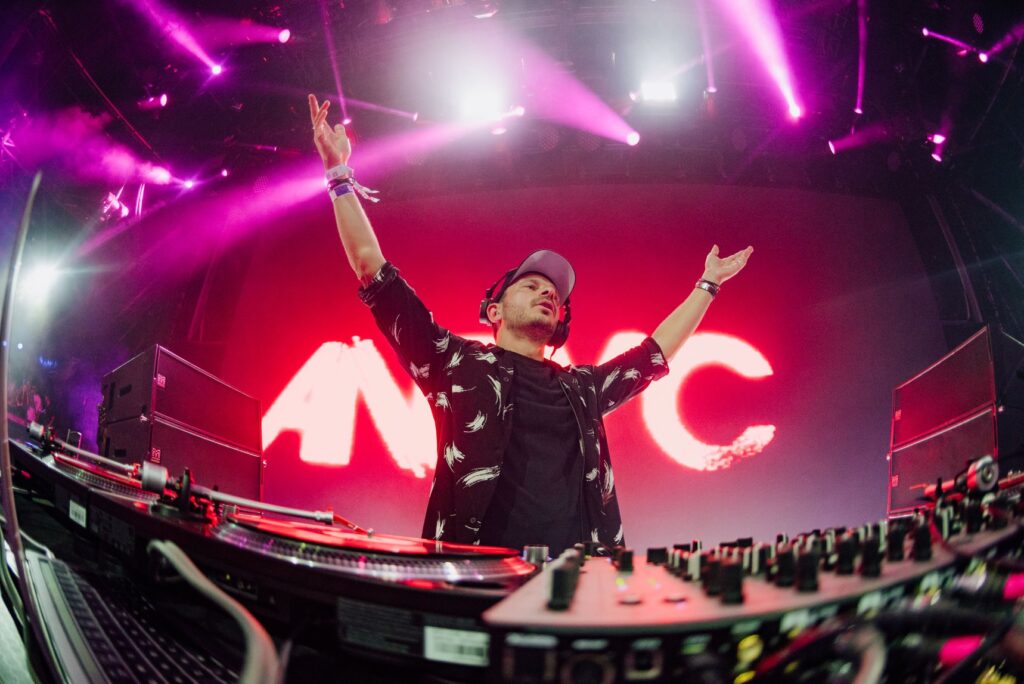
Article Guide
What is the Best DJ Equipment for Mixing Drum & Bass?
Prepare Your Music Library for Mixing
How to Perform Smooth Drum & Bass Transitions
Advanced Mixing techniques for Drum & Bass
Building Energy and Creating Dynamic Sets
Find your Drum & Bass Vibe with Crossfader!
What is Drum & Bass music?
Drum & Bass is an exciting genre that started in the UK but has since found its influence reaching the entire world. It’s now respected globally with DJs, clubbers and producers turning to D&B with a love for its fast pace, clean and crisp drum sounds and distinct use of bass!
Born in the early 1990s as an offshoot of underground music genres Jungle, Breakbeat and Happy Hardcore, Drum & Bass is defined by its quick tempo, deep basslines, intricate breaks and drum patterns.
Unlike other music genres, it requires a unique set of mixing skills to compliment its energetic sound and blend tracks to ensure that energy flows and builds throughout a set.
To effectively mix Drum & Bass, it’s important to understand the key elements that make up this genre.
Understanding the Drum & Bass sound
The beats are at the heart of Drum & Bass, typically played at a tempo of 160-180 BPM.
These are complemented by complex, syncopated rhythms that create energy and a sense of urgency on the dancefloor.
The bass is also a crucial element, with producers often using a vast range of low-end frequencies, such as sub-bass, mid-range bass, and even bassline melodies, to create a deep, rumbling low-end for their D&B tracks.
In addition to the beats and bass, tracks often feature a variety of other elements, such as atmospheric pads, synthesized leads, vocal samples and even live instruments, depending on the producer and their style.
These elements work together to create a rich, multi-layered soundscape that can be challenging to mix due to its frantic energy and drum clatter.
As a DJ, it’s important to understand how these different elements interact and how to balance them to create an engaging sound.
If you want to learn to mix D&B like a pro, our industry-certified Drum & Bass DJ courses are guaranteed to help!
They cover all the steps you need, from setting up your beginner controller to performing those impressive and infamous technical double drops, four-deck remixes, and plenty of other advanced techniques that are core to the genre’s signature sound.
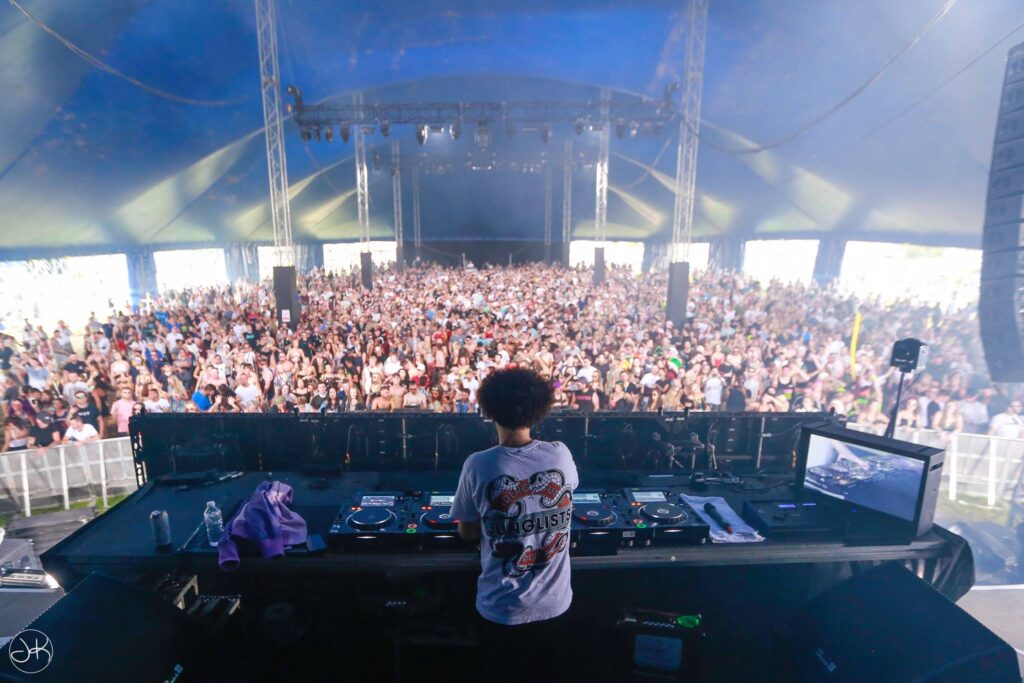
What is the best DJ equipment for mixing Drum & Bass?
While the specific gear you’ll need will vary depending on your preferences and needs, there are a few key pieces of equipment that every D&B DJ should have access to.
Below, we discuss the gold standard gear professional D&B DJs expect to play on, then dive into some brilliant alternatives for beginners, intermediates, and even seasoned pros looking for a convenient, easy-to-transport kit.
Best media players for Drum & Bass
A Drum & Bass DJ’s decks should be solid performers, able to run for hours on end without any technical issues as their mixes require precision and often last for hours.
For the pros, the gold-standard media player is the Pioneer DJ CDJ-3000.
It’s proven to be super-durable, reliable, and easy to use in clubs, festivals, bars, and anywhere else decks can be found.
Its 9” touchscreen works well even with fingers that aren’t fully dry, perfect for busy DJ booths.
Decks like this have all the tools you need to accurately beatmatch and mix your tracks which is crucial in maintaining energy and momentum in D&B sets.
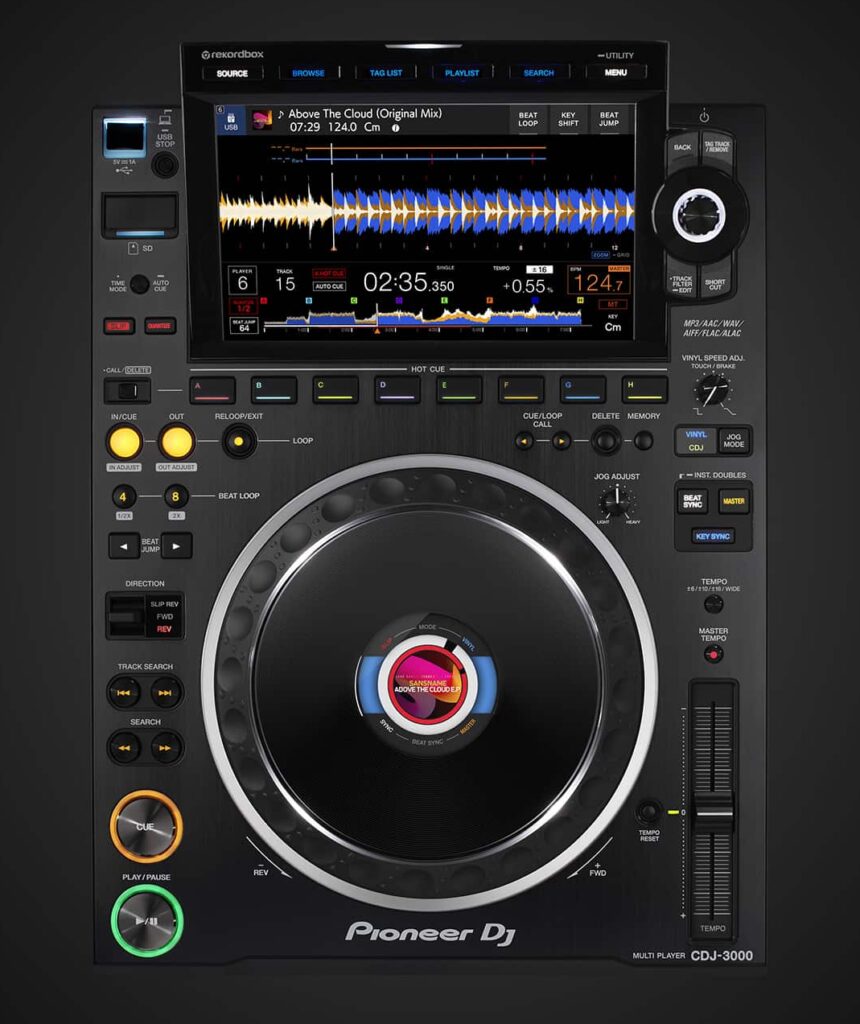
Or, for those preferring to mix with an old-school feel, turntables like the Technics SL-1200s have a long-lasting legacy with D&B DJs.
Like CDJs, they have an infamous industrial design with durability and technical accuracy to match.
Best Mixers for Drum & Bass Mixing
The mixer is the glue that holds your sets together. For D&B mixing, we recommend a club mixer with four channels or more!
Pioneer have several really nice club mixers with built-in effects which can be really handy for those wanting to add some creativity to their sets.
But, D&B DJs have historically flocked to one club mixer time and again, as it allows studio-grade effects to be plugged in and has a warm analogue sound that compliments the genre like no other.
A mixer with features like EQ, filters, and effects is essential for getting in the mix and creating your own unique vibe by shaping the sound of your music and performing dynamic transitions.
The mixers of choice for serious D&B DJs in the club are the Allen & Heath XONE 92 and 96. This is thanks to their incredible analogue sound, 4 bands of EQ per channel and effects send and return channels.
With the send and returns, DJs can add external studio-grade effects like plug-ins, echoes and reverbs for a next-level mixing sound.
The XONE mixers are unique mixers with superb features, such as extra-long up faders and dual analogue filters, that aren’t found elsewhere. They have really stood the test of time!
For more on choosing a rig, such as media players or turntables and a club mixer, check out our fully detailed guide on The Best DJ Setups for any Budget.
Headphones
Another important piece of equipment for D&B DJs is a good set of headphones. When mixing high tempos, you need be able to clearly hear the individual elements of the tracks so you can make adjustments accurately.
A pair of closed-back, noise-cancelling headphones can help to isolate the specific sounds you need to focus on for your mixes.
The Sennheiser HD25s have been a go-to for DJs for decades now due to their supreme build quality.
As Drum & Bass sets are famous for taking on entire nights, the HD25s are a trusty pair that feel comfy to wear after hours of extended use.
Plus, parts are super easy to source as they’ve been the go-to choice for DJs since the Acid House and Rave days of the late 1980s!
For a detailed look into DJ headphones, check out this DJ Headphone Comparison article.
Drum Machines and Samplers
Many Drum & Bass DJs also use additional hardware, such as drum machines, samplers, and effects units, to add layers of complexity and creativity to their sets.
While these aren’t strictly necessary, they can help take your mixes to the next level and create a unique sound.
Pioneer DJ have produced some units specifically for DJs, with the DJS-1000 and TORAIZ SP16 being popular choices.
Best Controllers for Drum & Bass Mixing
As a beginner, the Pioneer DJ DDJ-FLX4 is undoubtedly the most versatile piece of DJ gear you can get.
It supports Rekordbox and Serato and enables around 90% of techniques achieved on flagship controllers.
A great alternative is the Hercules InPulse 500.
It’s a great all-rounder with a solid build and plenty of hardware to take full advantage of Serato DJ Pro’s features, many of which are essential for mixing Drum & Bass, such as four-deck mixing and using eight performance pads per deck.
For intermediate DJs, the Numark NS4FX 4-Deck Professional DJ Controller gives the ultimate bang for buck.
It’s a Serato only device, but allows control of four decks, quick access to effects, and on-jog screens.
Or, for D&B DJs wanting to use Traktor, a platform which has historically been very popular with D&B DJs, the Native Instruments Kontrol S3 is a great controller to start exploring this software.
Its clean four-channel design makes mixing with four decks a breeze! It’s also one of only a handful of devices custom-built for Traktor, so the experience is second to none if that’s your DJ software of choice.
The ultimate controller for Drum and Bass mixing, though, is the Pioneer DJ DDJ-FLX10!
For D&B mixing, its intuitive four-deck workflow makes performing those cut mixes feel as though you have four actual decks rather than just two!
And for the ultimate Serato workflow, the RANE FOUR is like the FLX10 but with an open-format style mixer instead of a club one.
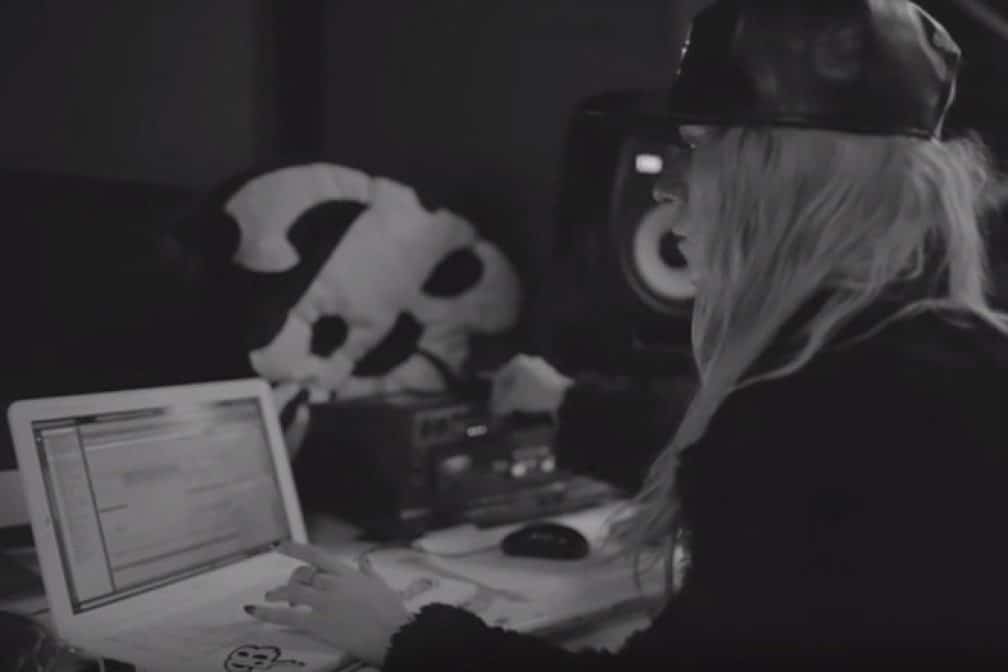
Prepare your music library for mixing
Before you can start mixing Drum & Bass tracks, it’s important to have a well-organized music library.
This makes it easier to find the right tracks for your sets and helps you to better understand and recognise the different subgenres and styles within the D&B arena.
Knowing your music inside out will make you a better DJ.
This is absolutely fundamental to any DJ’s success. No matter how skilled you are, you will struggle to deliver amazing sets if you don’t know your music!
Categorising your Drum and Bass Music into Subgenres
One of the first steps is to categorize your tracks by subgenre. D&B is a diverse genre with a wide range of styles, from the heavy-hitting, neurofunk sound to the more melodic and atmospheric Liquid Drum & Bass.
By organizing your tracks into different subgenres, you’ll be able to easily identify the right tunes for different parts of your set and create a more cohesive and dynamic performance.
Fill out as much Metadata as you can
In addition to categorizing your tracks by subgenre, it’s also important to ensure that your tracks are properly tagged with metadata such as artist, title, BPM, and key so that all of your music is easily and quickly searchable.
Having your tracks tagged with this info can make finding the right tune easier when in the heat of the mix and looking for the perfect next track with only seconds to go before the mix-in point!
Regularly review and update your music library
It’s a good idea to regularly review and update your music library, adding new tracks and removing any outdated or low-quality files.
You don’t want your sets to start sounding tired, and you don’t want to become bored of the music you’re playing, as that will reflect in the energy of your sets.
Keeping things fresh will ensure that you always have access to the latest and greatest D&B tracks, and that your sets are always sounding their best.
Our Music Management For DJs course covers everything you need to know to ensure that your library is optimised for killer D&B sets!
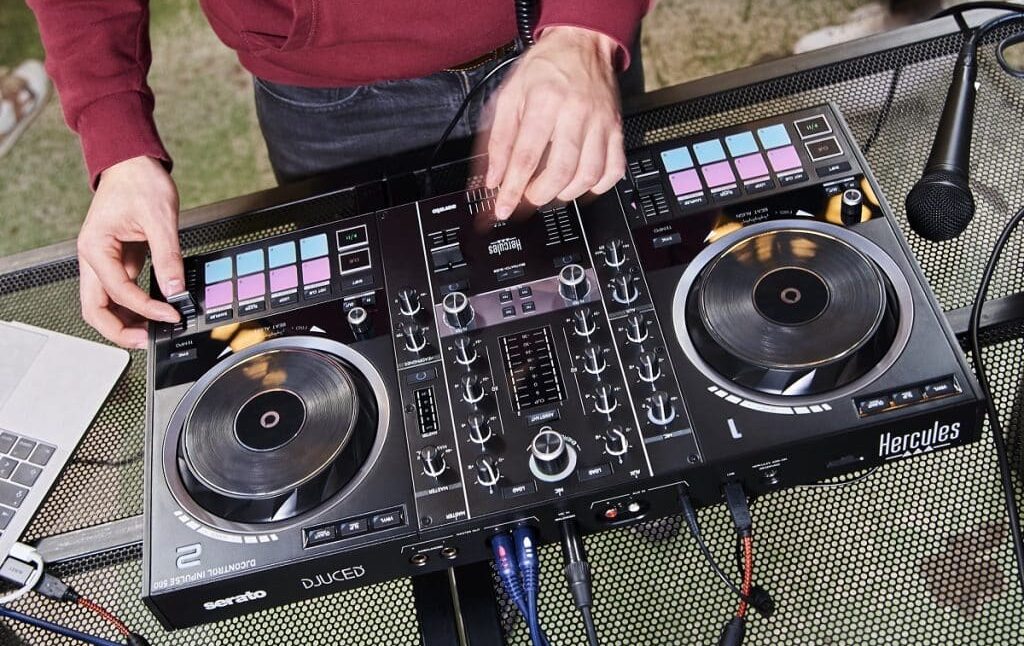
Drum & Bass Mixing Techniques
Mixing Drum and Bass requires a range of skills that aren’t necessarily unique to the genre, but when put together the right way, they give mixes an undeniable signature that D&B DJs strive for.
This is a genre well known for its mixes and long blends. DJs typically transition their tracks over longer periods of time than with most other genres so beatmatching is a crucial skill to master for creating an authentic D&B mix.
Beatmatching
Beatmatching is fundamental for any mixing DJ, but it takes on an added level of complexity when it comes to mixing Drum and bass.
The genre’s fast tempos and intricate rhythms require a high level of precision and attention to detail to execute seamless blends.
A great technique for beatmatching D&B is to use cue points to precisely line up the downbeats of the tracks you’re mixing.
This way, you can be sure that you’re starting a mix on point, which is always helpful when there is a lot is going on in the headphones!
Preparing your music files with cue points set to the first downbeat of a musical phrase makes it much easier to mix D&B on the fly.
It’s also important to pay close attention to the rhythmic patterns in the drum breaks, as these can sometimes be slightly off-sync, even when the overall BPM is matched.
Mixing D&B relies heavily on DJs knowing the structure of their chosen tracks and being comfortable riding the tempo adjustment faders to make quick adjustments to compensate for small fluctuations and discrepancies in BPM.
Riding the tempo adjustment faders
An important technique to help with beatmatching D&B is to use the tempo adjustment faders on your equipment to make fine BPM adjustments to the tracks you’re mixing.
This is especially helpful with tracks whose BPMs have slight fluctuations, which is common in D&B.
The technique takes practice to become second nature. Experienced DJs are able to make slight adjustments to the tempo fader before it’s obvious that one of the tracks is out of sync.
Riding the tempo faders can also be particularly useful when transitioning between tracks with slightly different BPMs, as it allows you to gradually bring the tempos into alignment without disrupting the flow of the mix.
Ultimately, it’s important to develop a strong sense of rhythm and timing when beatmatching D&B.
This can be achieved through regular practice and developing a deep understanding of the genre’s rhythmic structures and patterns.
By honing these skills, you’ll be able to create seamless and energetic blends.
This is the foundation of putting together a D&B set that flows and keeps the dancefloor alive!
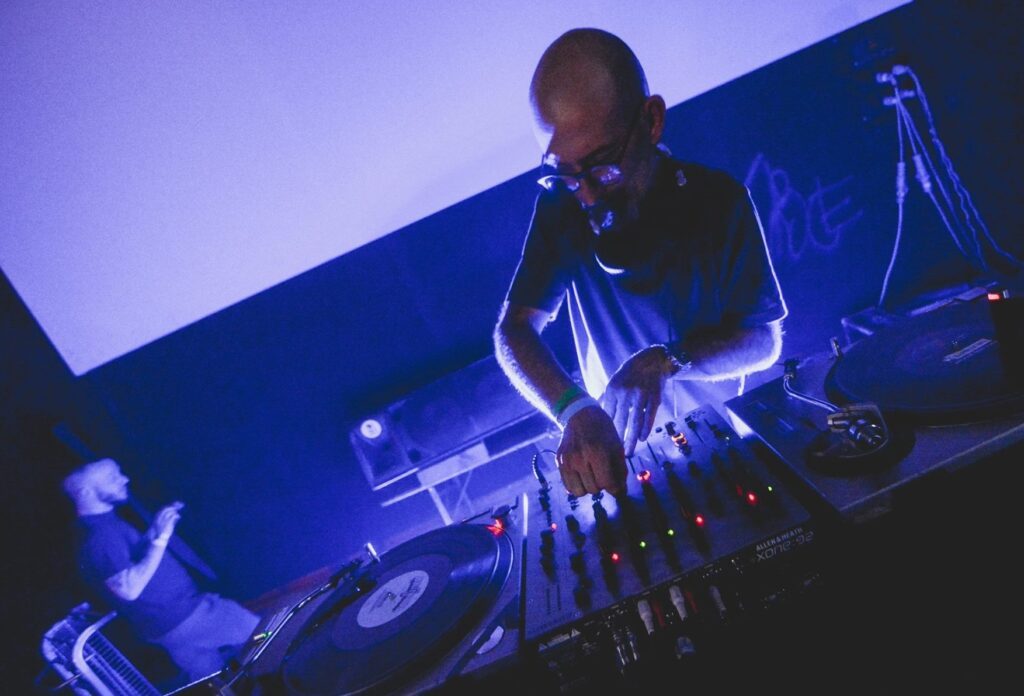
How to Perform Smooth Drum & Bass Transitions
Smooth transitions are essential for creating engaging D&B sets!
With the fast-paced nature of the genre, tracks must be blended together in a way that maintains energy and momentum.
These mixing techniques can help DJs create seamless transitions.
Count the beats of the musical Phrasing
One key technique for creating effective transitions in D&B is to pay close attention to the phrasing and structure of the tracks you’re mixing.
All tracks are structured with small building blocks that are counted by musicians and DJs so they can stay within the ‘set rules’ of the track.
Each music genre has its own rules, so the DJ needs to count the music differently depending on the genre.
Drum & Bass has a similar phrasing style to Techno, but because of the extra percussion, mixing it is not identical as more concentration is required to properly count the music.
Most D&B tracks feature distinct intros, breakdowns, and buildups, that can be used to create dynamic and engaging transitions.
By counting the music, DJs can align the sections of the tracks to perfectly fit in with one another so that the flow of a set sounds seamless and continuous.
Adjusting the EQ
Another important aspect of creating smooth blends is the use of EQ and filters.
By carefully adjusting and switching the levels of the bass, mid-range, and treble frequencies during a transition, you can create smooth and seamless blends between tracks, even if the musical elements are quite different.
Using Filters as a Transitional Effect
The use of high-pass and low-pass filters can be an great way to create dramatic transitions and build tension on the dancefloor.
They can be used sweepingly at crucial parts of a transition for dramatic effect, with short and sharp twists of the filter pot to create a quick burst of sound.
Use Effects to Help Your Mixes Stand Out
The use of effects such as reverb, delay, bit crush and echo can also be very effective for creating unique and engaging transitions in D&B mixes.
By adding these effects to the outgoing or incoming track, you can give mixes an extra dimension, creating a sense of depth, atmosphere, texture, or crunch.
With D&B, it’s a good idea to use effects with less intensity than with other genres, as the music itself is already quite intense by nature. Less is definitely more!
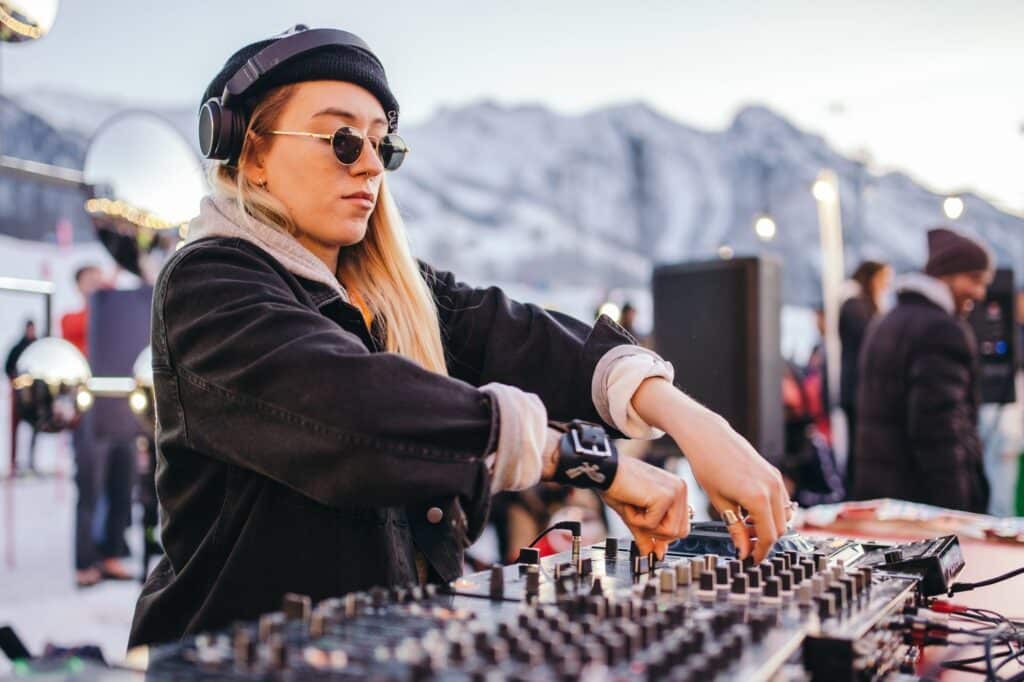
Advanced mixing techniques for Drum & Bass
As you become more experienced, you may want to explore some more advanced techniques. This is where DJs begin performing with artistry, and their creativity starts to shine through!
Harmonic Mixing
This technique turns DJ sets into audio experiences of another level! It involves carefully selecting tracks that are in compatible musical keys to elevate the musicality of the overall set’s sound.
Blending tracks together is one thing, but when you blend tracks that fit together musically, you craft a story, create a journey, give your set integrity and make it an essential listening experience!
Loop-based Mixing
Another advanced technique is loop-based mixing, in which loops are used to create more complex and layered mixes.
By looping specific sections of a track, such as the drums or a bassline, you can create unique and unexpected transitions that keep the crowd on their toes!
This technique can also be combined with the use of effects and samples to create even more intricate and creative mixes.
Watch this video where Danny breaks down how to perform loop-based mixing!
Live Remixing
Some D&B DJs explore the use of live remixing and improvisation in their sets.
This takes things into the realm of production, with DJs often running an Ableton Live session alongside their chosen DJ platform like Serato.
While this technique requires lots of skill and technical proficiency, it can be a great way to engage the crowd and showcase your creativity as a DJ, especially if you are also a producer and want to showcase your new tracks within a live DJ set.
If you think you’re ready to learn these advanced D&B techniques, we recommend skipping the beginner’s course and going straight to our Drum & Bass Pro Course. It covers all these techniques and more and is guaranteed to level up your mixing skills!
Samples
Whether vocal samples, sound effects, or even snippets of other tracks, samples are often used to add extra layers of interest and complexity to D&B sets.
It is quite common for DJs to use famous sci-fi movie soundbites over breakdowns or isolated synth lines within D&B tracks to inject creativity into their mixes. But you can use any sounds that fit your style to create a unique signature that becomes synonymous with your sets!

Building Energy and Creating Dynamic Sets
One of the key challenges of putting together a D&B set is maintaining the energy and momentum throughout.
With D&B’s fast-pace, it can be easy for a crowd to become fatigued or for the energy to start to wane. These tips can help keep the dancefloor engaged and energized all the way through a set!
Carefully Choose Tracks for Energy Control
Track selection is one of the most important things to consider when building energy.
By carefully curating a mix of tracks that feature a variety of tempos, styles, and energy levels, you can create a dynamic and engaging set.
This might involve starting with a more mellow, atmospheric track to set the tone, gradually building up the energy with harder-hitting, more aggressive tracks at the peak of your set, and then bringing it back down again with a more melodic sound.
Keeping the Rhythm by Observing Phrasing and Song Structure
Another key aspect of building energy in a D&B set is the use of phrasing and structure.
By seamlessly aligning the different sections of your tracks, such as intros, buildups, and drops, you can control the pace of your set and even create a sense of tension and release that keeps the crowd engaged and moving.
Strategic and creative pauses, breakdowns, and transitions can all build anticipation and drama, heightening the set’s overall energy!
Check out the video below on When To Mix In and Out!
Get the Crowd Hyped with Direct Interaction
The way you interact with the crowd can also significantly impact the energy and momentum of your D&B sets.
If you feel comfortable behind the mic or if you have an MC, you can engage your crowd with call-and-response techniques, encouraging them to sing, clap along, or dance.
In D&B sets, this usually means hollering for a reload of a track or dropping the fader so the audience can sing a line.
This creates a sense of collective energy and excitement that feeds back into the overall vibe of your set.
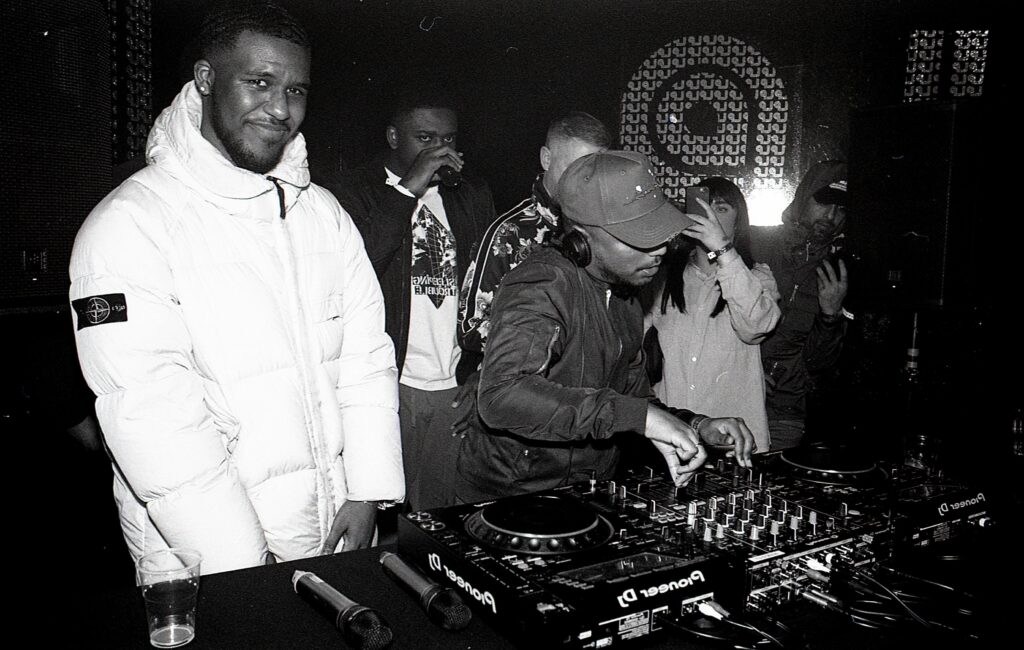
Find your Drum & Bass vibe with Crossfader!
Now is the best time for DJs to get to grips with this ever-popular, world-dominating genre.
Drum & Bass is undoubtedly one of the most technically impressive genres to master. But we guarantee you can do it and we’re here to support you!
We can help you learn absolutely everything you need to know and get you feeling confident behind the decks, no matter what level you’re at.
Not feeling ready for the advanced stuff yet? Jump onto the Beginner Course to cement all of the basics!
Want to start practising drop swaps and cut mixing? Sign up to the Pro Course for plenty of inspiration and loads of slick mixing techniques, including famous transitions performed by some of the biggest DJs on the scene, all fully broken down for you to learn at your own pace.
Or take both courses, from beginner right through to Pro and save 20% with a full, no-quibble money-back guarantee!
3.5 hours 36 lessons Beginner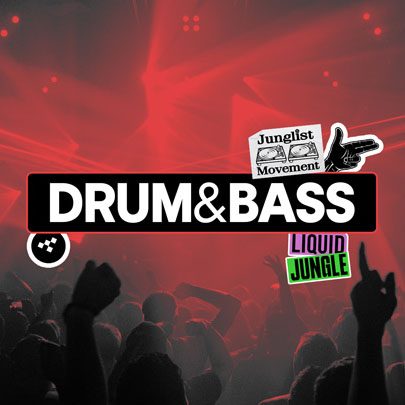
Drum & Bass Beginner Course
7.5 hours 47 lessons Intermediate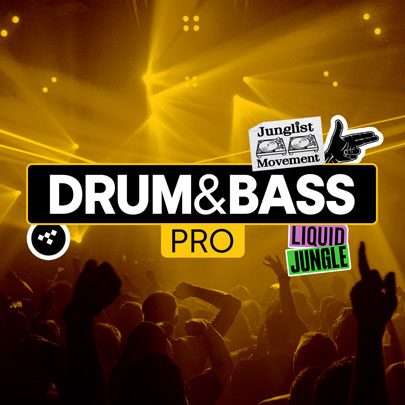
Drum & Bass Pro Course
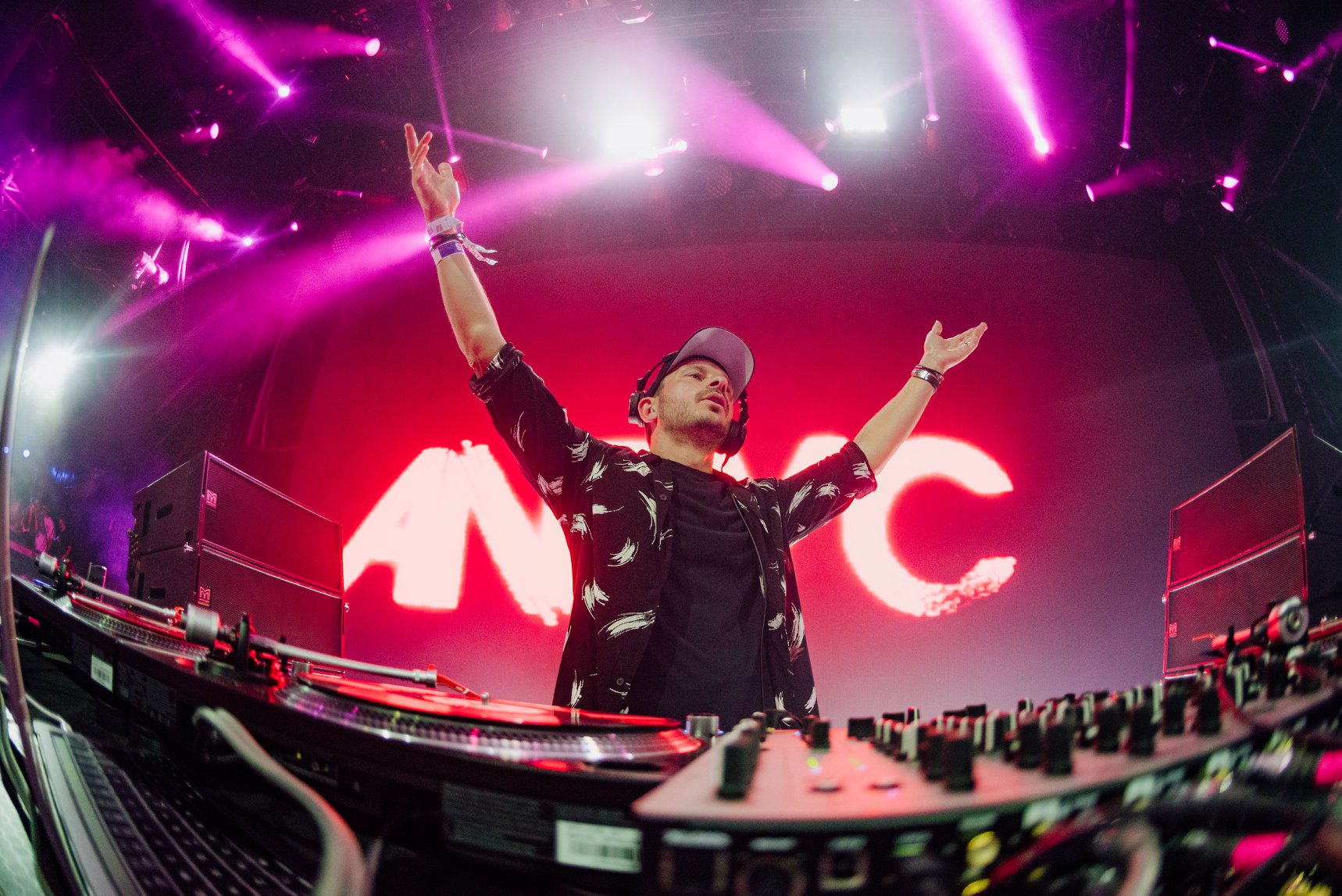
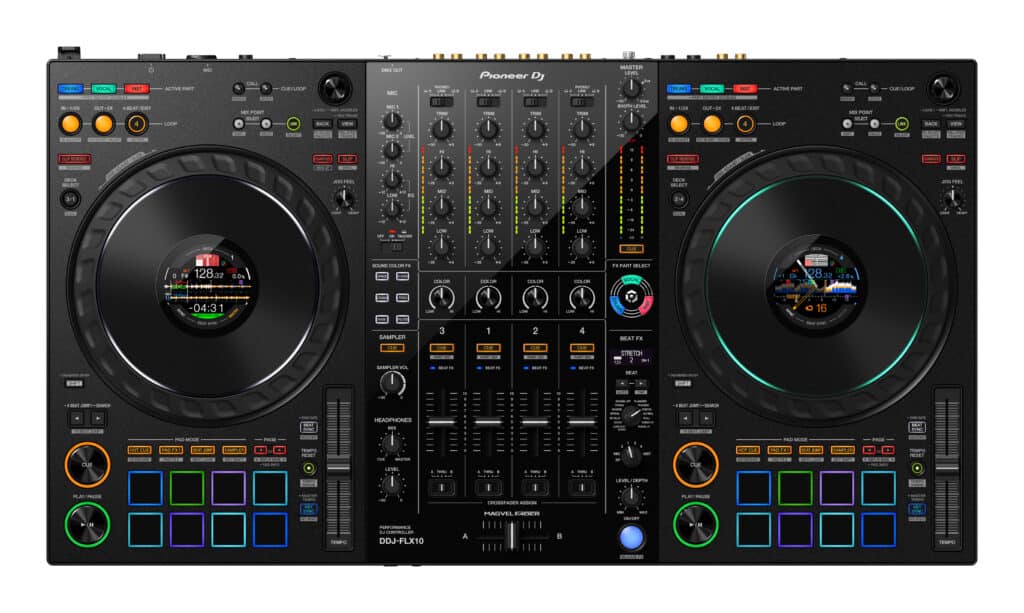
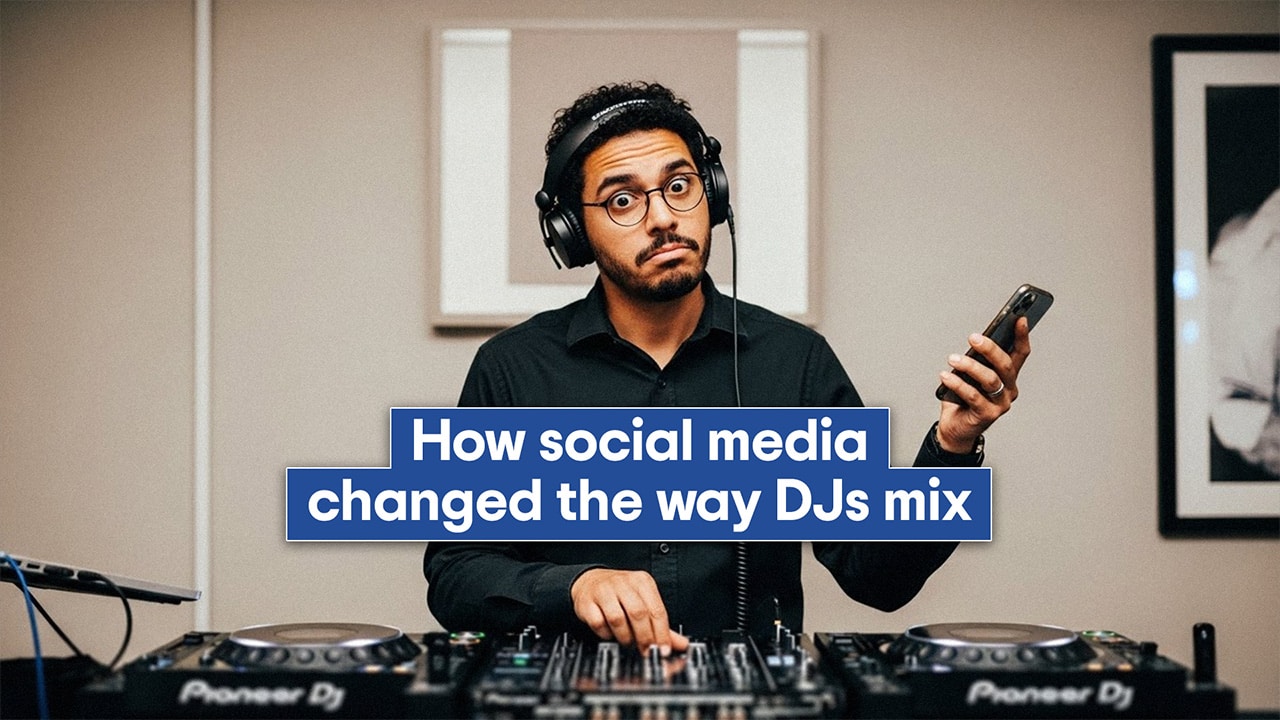
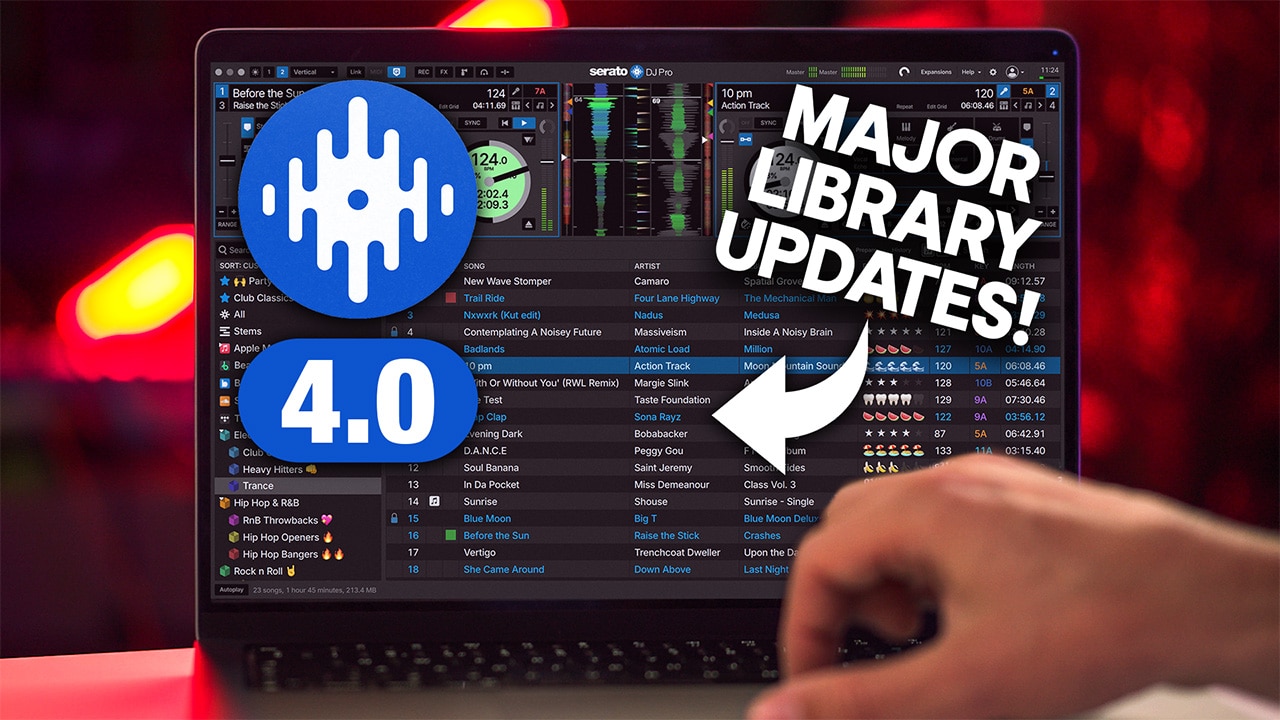
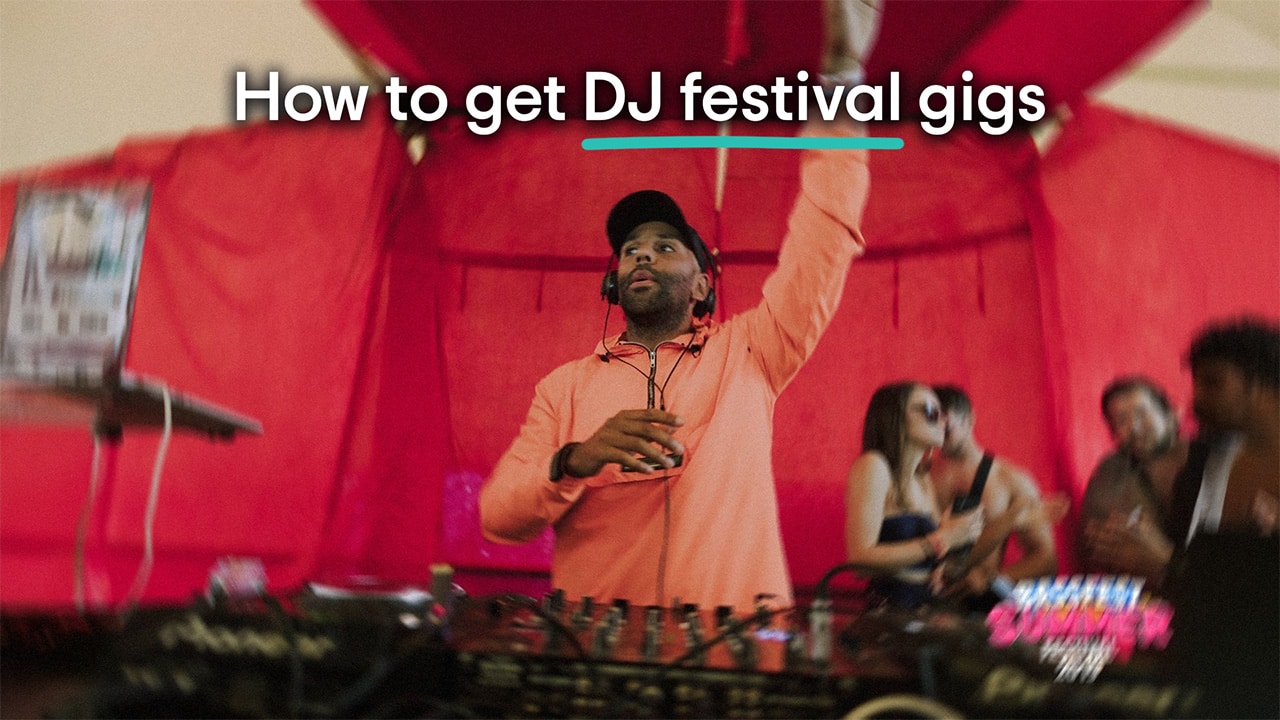
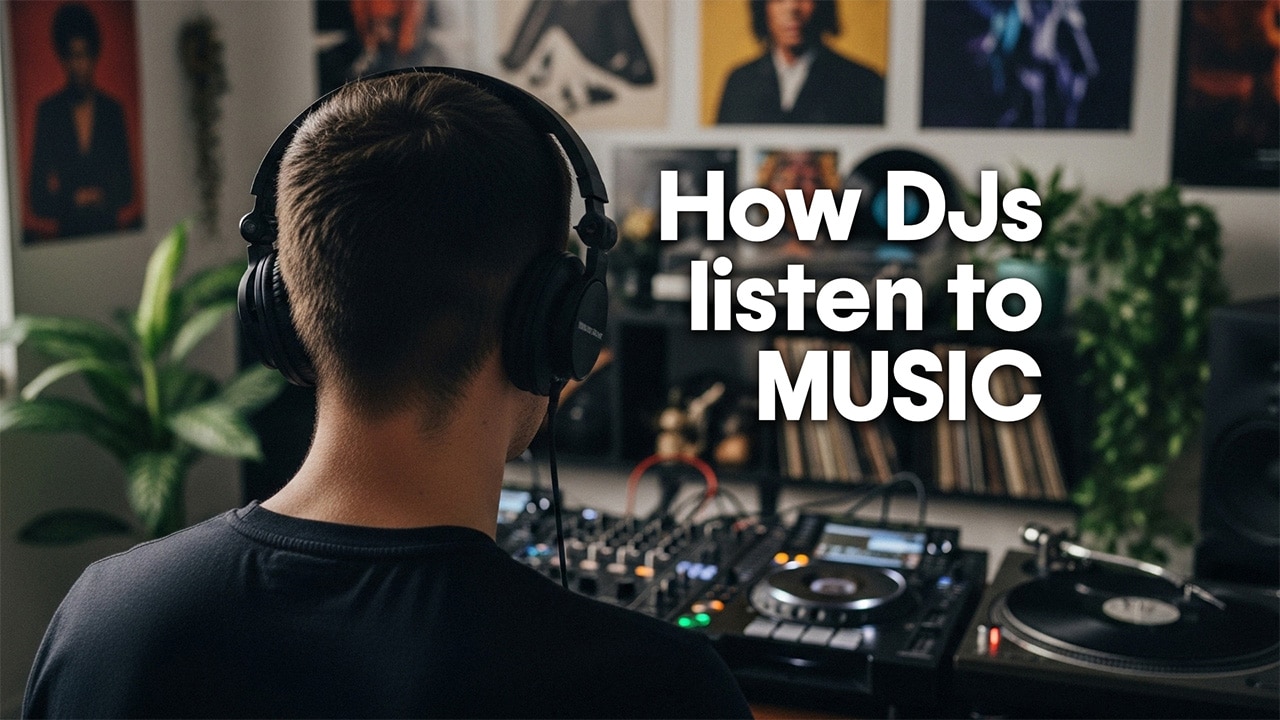
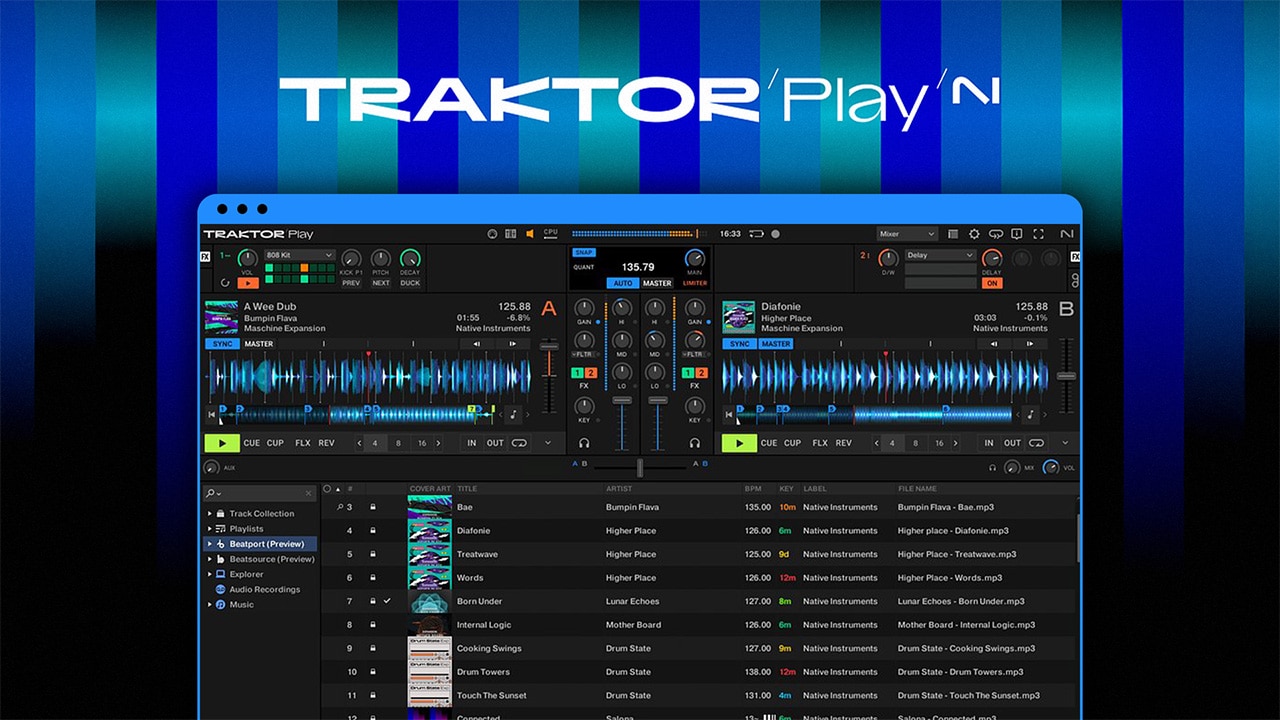
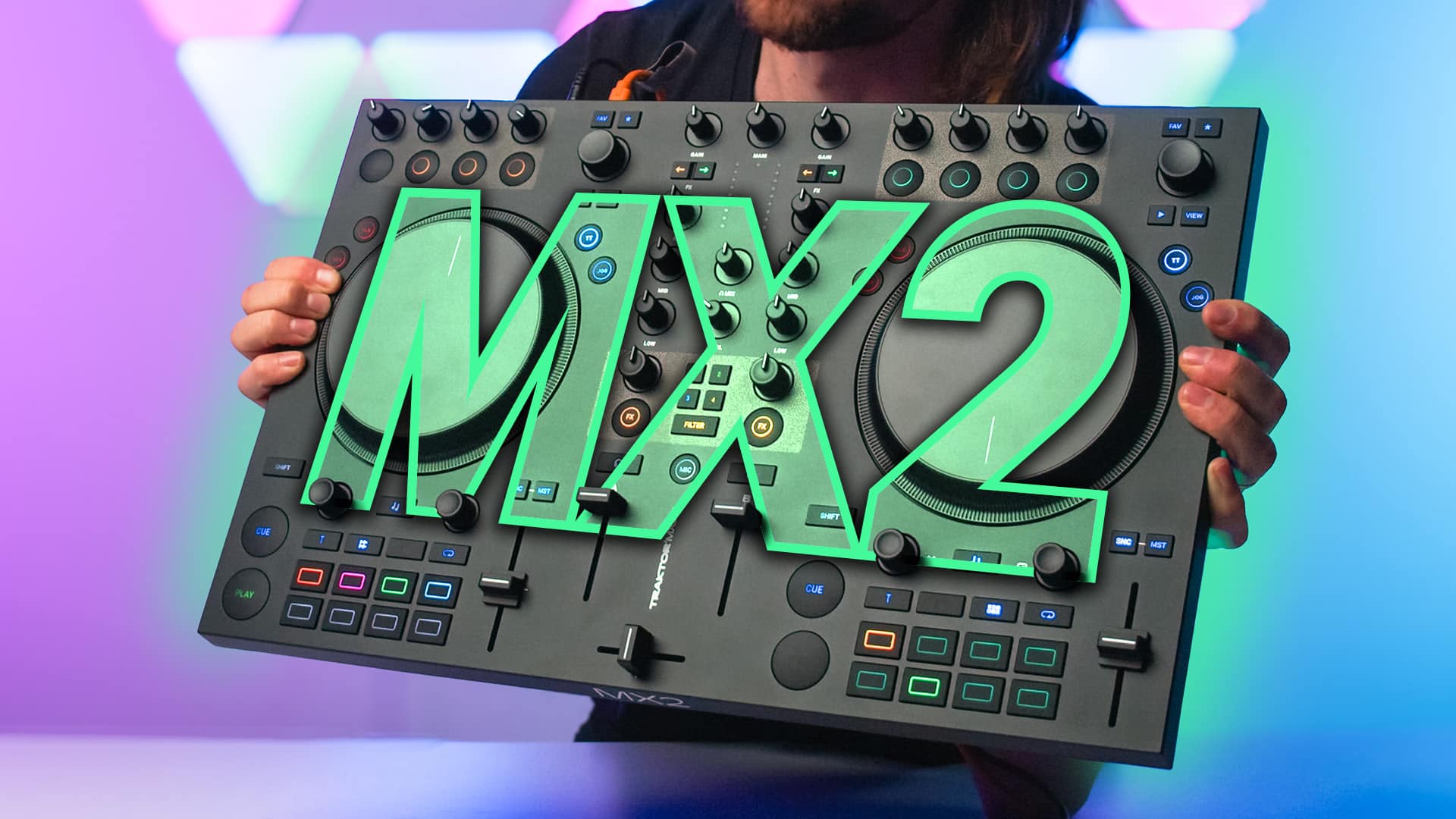
0 Comments